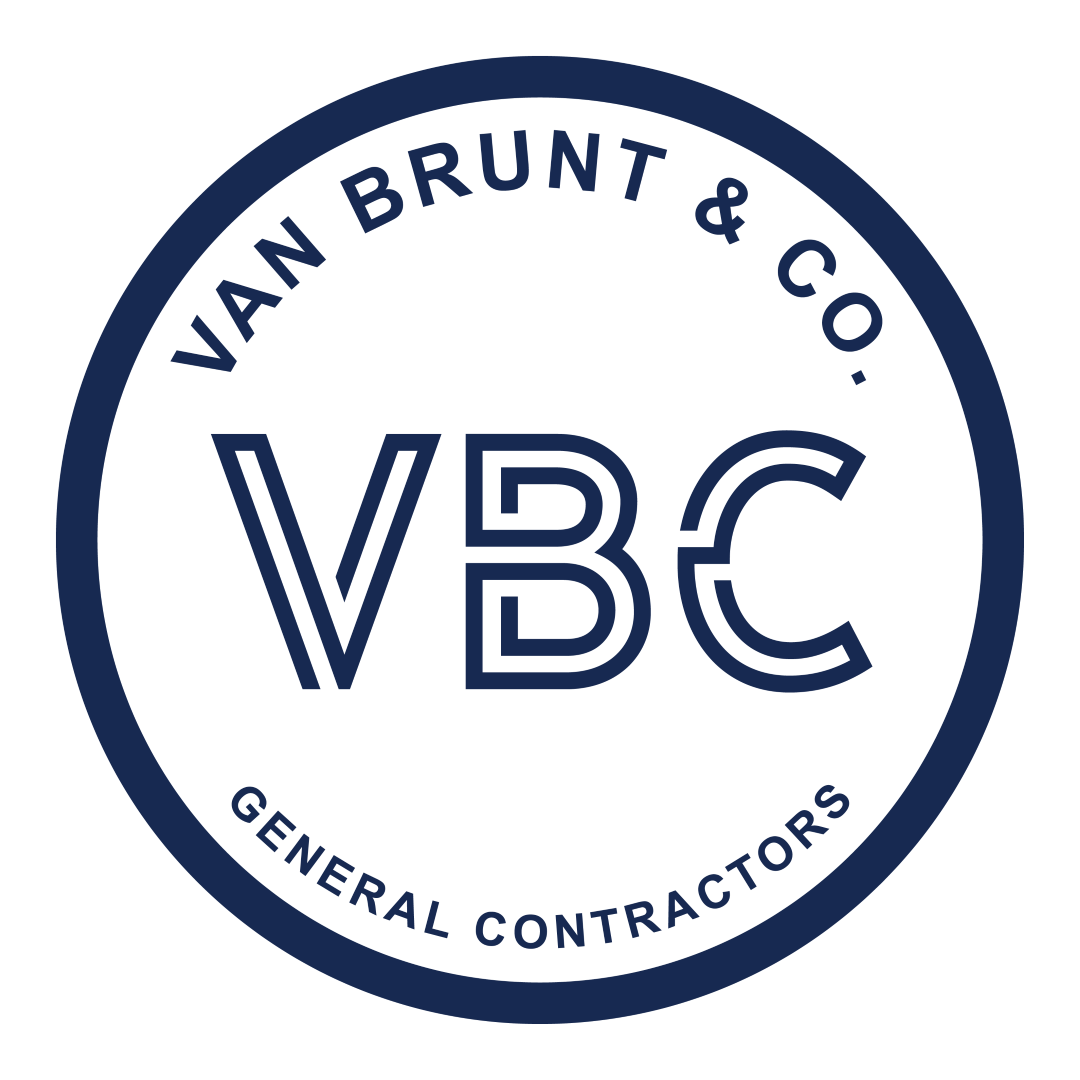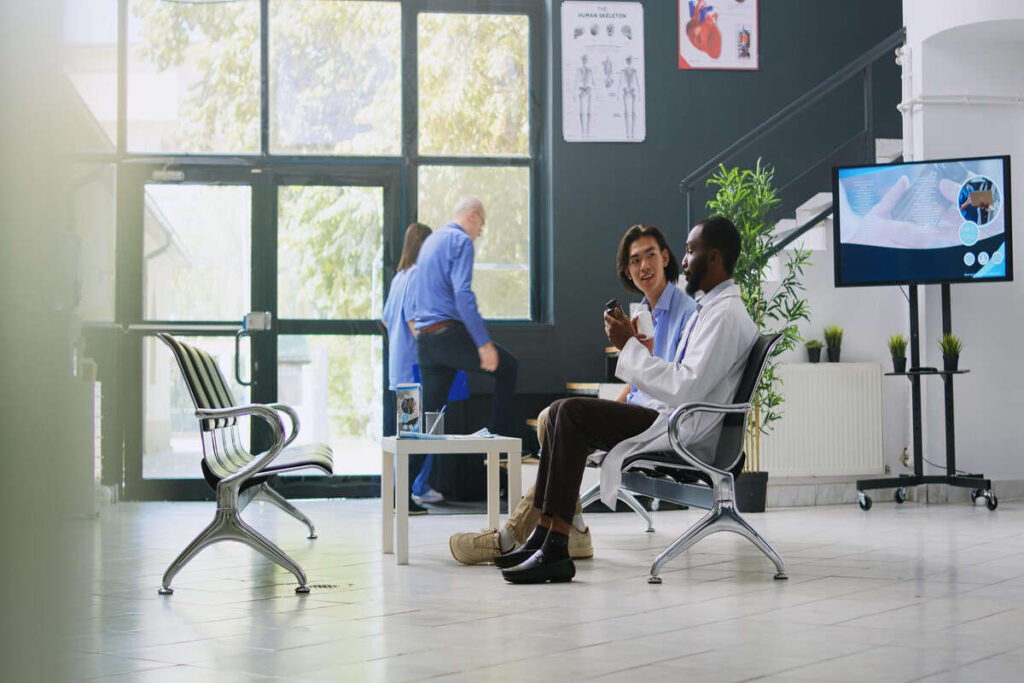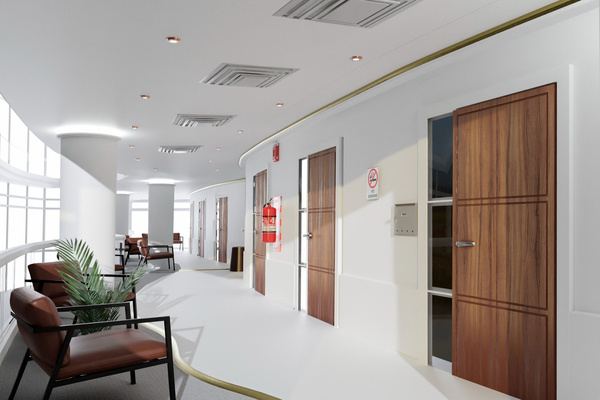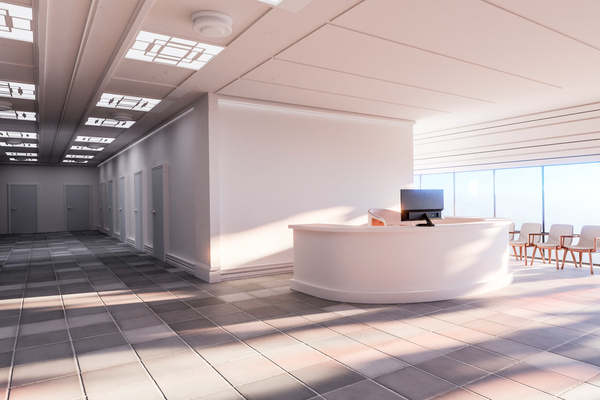When it comes to healthcare, not all medical offices are the same. Each type is designed to serve specific patient needs, offering a range of services based on the specialty or scope of care. From primary care clinics to specialist practices, urgent care centres to outpatient surgery facilities, these offices vary in function, size, and setup. Knowing the differences helps patients choose the right facility for their condition, whether they need routine checkups, diagnostic services, or immediate treatment. For healthcare professionals and office managers, understanding these distinctions is essential for streamlining operations and improving patient experience. This article explores some common types of medical offices, giving you a clearer picture of how the healthcare system is organized to meet diverse medical needs efficiently and effectively.
12 Types of Healthcare Facilities That Benefit from Office Remodeling
Many people associate a healthcare career with hospitals or doctors’ offices, but the medical field offers a wide range of settings and specialties. With the right qualifications and experience, you can work in various environments while supporting diverse patient needs. Each of these 15 healthcare facilities can greatly benefit from medical office remodeling to improve functionality, comfort, and patient care.
Ambulatory Surgical Centers
Ambulatory surgical centers, also known as outpatient surgical facilities, deliver surgical procedures in a setting outside the hospital. These centers solve the growing issue of overcrowded hospitals and high inpatient costs by offering efficient, same-day surgical care for patients who don’t need recovery from illness or injury. Healthcare providers are increasingly drawn to these facilities for their consistent schedules and reduced stress compared to traditional hospital environments. With thoughtful medical office remodeling, these centers can improve patient flow, enhance safety standards, and meet evolving healthcare regulations—all while creating a more comfortable, modern space for both staff and patients.
Birth Centers
The American Association of Birth Centers defines a birth center as “a healthcare facility for childbirth where care is provided in the midwifery and wellness model.” These centers aim to deliver personalised, supportive care for both mother and baby during pregnancy, childbirth, and the postpartum period. Birth centers typically serve women with low-risk pregnancies, as they do not have emergency staff or surgical teams available for C-sections or neonatal intensive care.
As more expectant parents seek comfort and a home-like atmosphere, medical office remodeling plays a vital role in transforming birth centers into calming, efficient spaces that support wellness and safety. Thoughtful design updates can improve functionality, meet evolving health regulations, and enhance patient satisfaction.
Blood Bank
A blood bank operates as a specialised medical facility where professionals collect, test, and store blood and platelets for life-saving use. In urgent situations, patients often require immediate transfusions, and blood bank technologists—also known as immunohematology technologists—carry out this critical responsibility. These professionals play a vital role in maintaining the safety and availability of the community’s blood supply. Individuals who are detail-oriented and prefer working in laboratory environments will find immunohematology to be a highly rewarding career path. Upgrading lab spaces through thoughtful medical office remodeling enhances workflow, improves storage conditions, and ensures compliance with modern healthcare standards. Creating efficient, hygienic workspaces supports both staff productivity and patient outcomes.
Modern Medical Office
Clinics and medical offices play a central role in delivering accessible healthcare. These facilities often include private practices, group practices, or hospital-affiliated clinics where patients receive routine checkups and medical consultations. Services range from physical therapy to well-child visits, all aimed at promoting preventative care and early diagnosis. In response to patient demand, many clinics now offer walk-in options for nonemergency prescriptions, flu shots, and vaccines. As medical office remodeling becomes more common, these upgrades help improve patient flow, comfort, and efficiency. Professionals entering clinical care must be ready to meet a wide range of patient needs and adapt to evolving healthcare environments.
Diabetes Education Centers
Diabetes ranks as the seventh leading cause of death in the United States, according to the Centers for Disease Control. To address this serious health issue, healthcare providers established diabetes education centers that actively help patients manage their condition and guide at-risk individuals in prevention. These centres offer structured classes, practical resources, and supportive group sessions designed to empower both patients and their families to lead healthier lives.
With education and awareness at the heart of these facilities, professionals passionate about teaching and learning principles find these roles especially rewarding. When combined with thoughtful medical office remodeling, these centers create a more welcoming, functional space that enhances both learning and care experiences. Upgraded environments can also improve patient engagement, making education even more effective.
Dialysis Centers
Dialysis centers deliver critical blood filtration services for individuals with kidney disease. For the 37 million Americans managing chronic kidney conditions, dialysis remains a life-saving treatment often required up to three times a week. This consistent need continues to drive demand for more dialysis centers, easing pressure on hospital systems. To meet this need effectively, many facilities now invest in medical office remodeling to enhance functionality, patient comfort, and workflow efficiency. A successful dialysis center depends on seamless collaboration among nephrologists, nurses, dietitians, specialists, and patient care technicians. Modern, well-designed interiors support staff coordination and improve patient experience during treatment sessions.
Hospice Homes
Hospice homes focus on providing specialised end-of-life care in a supportive environment. A dedicated team—typically including a personal physician, hospice doctor, nurses, home health aides, social workers, and therapists—delivers comprehensive care tailored to each patient’s needs. These facilities aim to support patients and families medically, emotionally, and spiritually during the final months of life. While many individuals choose to receive hospice services at home, those with more complex medical needs often relocate to a hospice home or a nursing facility offering hospice care. Staff members in these settings regularly encounter loss, so emotional resilience and a healthy relationship with the concept of death are essential. Thoughtfully planned medical office remodeling can enhance the comfort, efficiency, and emotional well-being of everyone involved in hospice care. Upgrading the design of hospice homes helps create peaceful, functional spaces that align with the sensitive nature of end-of-life support.
Imaging and Radiology
While hospitals and clinics provide imaging services, dedicated imaging and radiology centers deliver a faster, more cost-effective solution. These outpatient facilities allow patients to schedule MRIs, CT scans, X-rays, ultrasounds, and more in a calm, nonemergency setting. Radiologists and radiology technicians must earn a radiology degree to qualify for the role. Their responsibilities include diagnosing conditions like broken bones or detecting cancers, recommending treatment plans, and enhancing overall patient care. A well-executed medical office remodeling project can streamline workflows, improve diagnostic accuracy, and create a more comfortable space for both patients and staff.
Mental Health and Addiction Treatment Centers
Medical office remodeling plays a vital role in enhancing the environment of mental health and addiction treatment centers. These facilities address a wide range of conditions, from depression, trauma, anxiety, and suicidal thoughts to substance and behavioral addictions like gambling, shopping, or work-related issues. Centers typically offer both inpatient and outpatient programs tailored to each stage of recovery. By creating a calming, functional space, remodeling efforts can improve patient outcomes and staff satisfaction. Healthcare professionals focused on psychiatry, cognitive-behavioral therapy, group sessions, or rehabilitation often thrive in well-designed clinical environments that support their work.
Orthopedic Centers
Orthopedic medicine treats conditions involving muscles, ligaments, joints, tendons, and bones. Patients visit orthopedic centers for support with everything from sports injuries to long-term disabilities. Medical professionals in these clinics actively evaluate, diagnose, prevent, treat, and rehabilitate musculoskeletal issues. Many orthopedic centers offer general rehabilitation, while others specialize in pediatrics, geriatrics, or sports medicine. Physical and occupational therapists work closely with patients to help restore movement and independence. A well-executed medical office remodeling project can improve workflow, enhance patient comfort, and align facilities with modern healthcare standards. Creating a more functional layout also boosts overall treatment efficiency and supports better outcomes.
Urgent Care
Urgent care clinics deliver fast, accessible treatment for patients who can’t wait for a scheduled doctor’s visit but don’t need emergency room care. Medical professionals in urgent care provide acute services such as treating fractures, managing viral infections, and conducting blood and urine tests. These facilities ease the burden on hospitals and emergency departments by handling non-life-threatening cases efficiently. Staff in urgent care must adapt to extended hours and engage with a wide range of patients each day. Through thoughtful medical office remodeling, urgent care centers can improve patient flow, enhance staff productivity, and create a more welcoming clinical environment. A well-designed layout directly impacts care quality and operational efficiency.
Telehealth Offices
Telehealth, also known as telemedicine, is transforming how healthcare providers deliver care in the digital age. Through tools like video conferencing and online chat, patients can now connect with medical professionals without visiting a physical clinic. This innovation removes barriers such as distance, mobility issues, or lack of transportation, ensuring more people receive timely care and health education. The COVID-19 pandemic highlighted the essential role of telehealth professionals, who monitored patients during self-isolation and periods of widespread illness. As this model becomes more common, medical office remodeling now focuses on integrating technology-friendly spaces that support hybrid in-person and virtual care. Clinics are rethinking layout and design to accommodate the evolving needs of remote healthcare delivery.
Van Brunt & Company’s Expert Medical Office Remodeling Solutions
Van Brunt & Company leads the way in medical office remodeling, delivering tailored solutions that enhance functionality, efficiency, and patient experience. We remodel a wide range of healthcare spaces to meet modern standards and evolving care needs. From sleek, tech-enabled, modern medical offices to high-volume urgent care clinics, our designs support seamless operations and comfort. We also renovate imaging and radiology suites with precision, ensuring compliance and privacy. For the growing demand in virtual care, we create secure, efficient telehealth offices that support confidential, high-quality consultations. Our team transforms standard rooms into engaging diabetes education centers, encouraging learning and long-term health. In orthopedic centers, we optimise layouts for accessibility, imaging, and rehabilitation flow. Every project reflects our commitment to regulatory compliance, innovative design, and long-term value. With Van Brunt & Company , your remodeled facility becomes a place where care and design align perfectly for both staff and patients.
Conclusion
The healthcare landscape continues to evolve, and each medical office type plays a vital role in meeting patient needs across various specialties. From urgent care clinics to orthopedic centers, thoughtful medical office remodeling helps improve efficiency, safety, and overall patient satisfaction. Upgrading these environments not only ensures compliance with healthcare standards but also supports staff workflow and enhances care delivery. Whether it’s integrating telehealth capabilities, redesigning for high-traffic urgent care, or creating welcoming diabetes education centers, remodeling offers long-term value and adaptability. Van Brunt & Company ’s expertise in healthcare renovations ensures every facility reflects modern demands while prioritizing patient comfort and clinical excellence. By investing in well-designed spaces, healthcare providers can build trust, improve outcomes, and better serve their communities in today’s fast-changing medical environment.
FAQs
What are the main types of medical offices in healthcare?
The most common medical office types include primary care clinics, urgent care centers, specialty practices such as orthopedics or cardiology, outpatient surgical centers, and diagnostic imaging facilities. Each serves a specific purpose within the healthcare system.
How do urgent care centers differ from emergency rooms?
Urgent care centers treat non-life-threatening issues like minor injuries, infections, or flu symptoms. In contrast, emergency rooms handle severe, critical conditions such as heart attacks or major trauma and operate with more advanced equipment.
What services are typically offered in modern medical offices?
Modern medical offices provide routine check-ups, chronic condition management, vaccinations, preventive screenings, and minor procedures, all in a streamlined and patient-centred environment.
Why is medical office remodeling important for these facilities?
Medical office remodeling enhances patient experience, improves staff workflow, ensures regulatory compliance, and modernizes the space to better meet current healthcare demands.
Are telehealth offices considered a type of medical office?
Yes, telehealth offices are now a key part of healthcare delivery. They’re designed for virtual consultations, enabling providers to offer remote care with privacy and efficiency.



